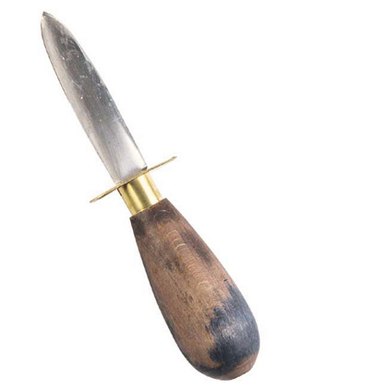Things You'll Need
Paring knife
Neem oil or tea tree oil

Elephant ears are tropical plants known for their large, showy foliage. In cooler climates, elephant ears are often grown in containers and moved indoors for the winter. Alternatively, the bulbs from the elephant ear plant can be dug up and stored until the warm weather returns. Occasionally, otherwise healthy bulbs will develop soft, mushy spots where the plant growth emerges from the bulb. Luckily, this is not a serious condition and can be easily remedied.
Step 1
Examine the bulb closely. Soft, mushy spots at the top of the bulb can be removed, but if the damage is located on another part of the bulb, this is an indication of rot and the bulb must be discarded.
Video of the Day
Step 2
Scrape the damaged plant material away with a small paring knife. Work slowly and carefully. Do not remove more of the plant material than necessary.
Step 3
Treat the affected area of the bulb with a natural fungicide such as neem oil or tea tree oil. Simply douse a cotton swab with the fungicide, and apply it directly to the cut portion of the bulb. Alternatively, mix 1 oz. of baking soda with 1 gallon of water, and apply the solution to the bulb.
Step 4
Place the bulb in a warm, dry area. Leave the bulb uncovered, and allow it to sit for 48 hours. This will give the treated area a chance to dehydrate slightly.
Step 5
Plant the bulb as usual, or place it in a paper bag and cover with peat moss for winter storage.
Video of the Day